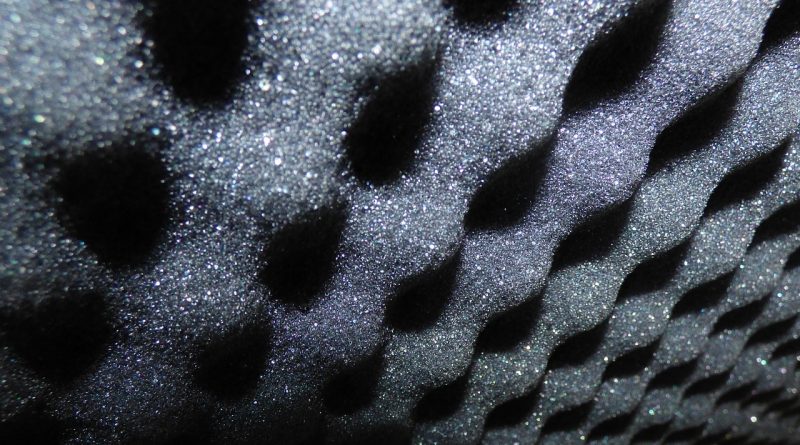Acoustic Treatment for Your Voice Over Recording Booth
Professional voice over recordings are no longer just mixed in commercial production studios. Quality voice overs are now recorded and produced in small studios and private home studios. One of the main factors how professional voice over talents are able to achieve quality voice recordings in their home studios is correctly treating their vocal booth.
Soundproofing versus Acoustic Treatment
Many people refer to absorption and diffusing noise within a room or space as soundproofing however, carpeting, and using acoustic foams can only dampen the noise and not totally block it. The process of soundproofing starts from the construction of your room or booth by using very dense materials like thick plaster instead of drywall. When soundproofing is not an option, treating the acoustics of the room will get you around this setback.
Selecting a Room
Select a room that is remote, and preferably without a window. This can be a corner of your room, even a closet or storage room, as long as it will give you ample lighting, access to electricity and ventilation.
Assess as well how much extra and ambient noise you are hearing and the source, as you will need to decide how you will dampen it by using for example heavy curtains, carpeting on the floor and wall.
Acoustic Treatment and Trapping
Ideally, you will want to build “a room within a room” wherein the walls of the booth are separated from the actual room. You can increase the isolation when you increase the mass. As sound is energy, the more mass you have, the more energy it is required for sound to pass and vibrate.
A bear minimum treatment of a room is 20% of 5 surfaces – this means 20% of your four walls and ceiling should be covered.
The dimension and quality of the acoustic material will affect the room reflections. The table below shows the standing waves produced based on the dimension of the room:
Room Dimension Resonance
8 feet 141 Hz
7 feet 161 Hz
6 feet 188 Hz
5 feet 226 Hz
4 feet 283 Hz
3 feet 377 Hz
Selecting an absorptive material that works within this range will help absorb critical lower mid-range that a typical voice will produce.
Some sound panels can absorb voice energy down to 200Hz, while other foams will only absorb above 500Hz, resulting to a boxy tone or excessive bass. A better room treatment is using a combination of foam and acoustic panels, using one technology or a blend of absorption or diffusion solutions.
Room treatment can be very technical, and depending on the size of the room may require some investment. As every room is unique, you may need to sit down with an expert to help you figure out the correct treatment your vocal booth would require. However, you can start with the basics and as you use your vocal booth more, you will understand the true sound of the room and how it affects the sound of your recording.

